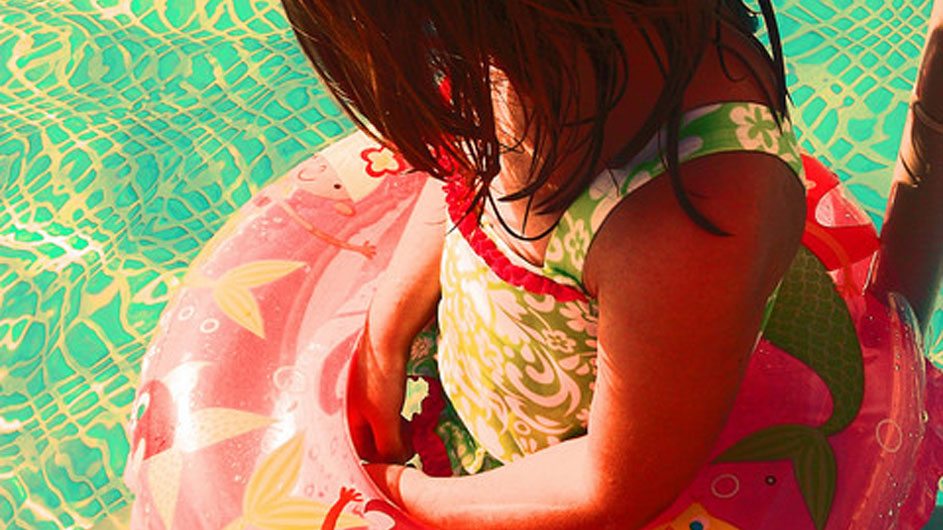
What is Secondary Drowning?
Swimming is one of the joys that come along with school breaks, warm weather, and long summer days. If you haven’t taken the kiddos to the pool at least once this season, then you are in the minority. You put sunscreen on them, you watch them like a hawk while they are in or around water, and you make sure that your nanny knows how to swim just in case he/she is the one taking them.
While most parents think they are up to date on the latest summer safety news, few parents know the dangers of secondary drowning. Most assume that once you are away from the pool the water danger is over. Unfortunately in rare cases people of all ages, but especially children, can end up drowning hours later.
What is secondary drowning?
Secondary drowning happens when water fills the lungs AFTER the person is done swimming. Closely related is dry drowning, which is when water doesn’t end up in the lungs but in the vocal chords which shuts down the airways. Both types of drowning cause brain injury and death, just like traditional drowning. Symptoms usually start occurring an hour to twenty-four hours after swimming. If medical attention isn’t sought immediately, there usually isn’t a happy ending.
How does it happen?
Secondary is usually caused by a near-drowning event. Your child may have gone under for a few seconds before you pulled him out, and after the initial coughing he seems fine. With the dry version, particles of water are inhaled during a struggle, which at a later time make it hard to breathe and start the drowning process. Maybe your kids were roughhousing and dunking each other, and your child inhaled a bit of water.
What are the warning signs to watch for after swimming?
Both types are rare, happening in only 1% to 2% of drowning deaths, but adults still need to know the warning signs. As stated before, these symptoms start appearing an hour to twenty-four hours after playing in the water.
- Confusion
- Extreme tiredness
- Coughing
- Chest pain
- Trouble breathing
- Behaviour changes
When in doubt, call your pediatrician or go to the emergency room.
If you have a slight concern, most pediatricians will suggest going to the ER just to be safe. If your child isn’t acting right, and you’re sure that something is wrong, skip the call and head straight to the ER. It’s better to be safe than sorry, and you don’t want anything happening to your little one.
How do you keep your family safe around water? Had you ever heard of secondary drowning before? What you have to say could help others, so be sure to leave your comments and tips below!
Photo courtesy of BrandyMaeD on Flickr.










